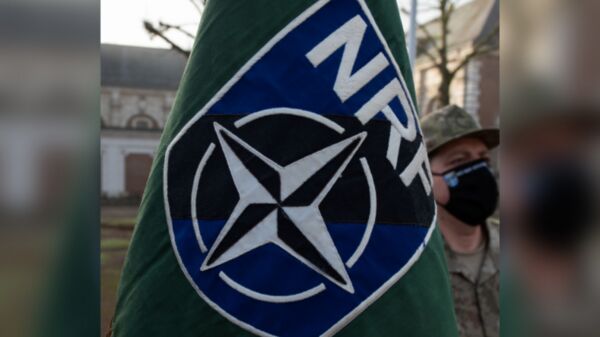
The NRF was created in 2002 as the vehicle for the transformation of NATO members' armed forces. (CRR-Fr/SCH Amaury)
Just as NATO's multinational Allied Command Europe (ACE) Mobile Force (AMF) was designed to reinforce the alliance's flanks during the Cold War, the NATO Response Force (NRF) has been deployed on its first collective defence mission and its Very High Readiness Joint Task Force (VJTF) has been mobilised for the first time. However, instead of reinforcing NATO's northern and southern flanks, like the AMF was meant to do, the NRF is being deployed to NATO's eastern flank to reassure post-Cold War alliance members rattled by the Russian reinvasion of Ukraine.
When it was created in 2002, NATO officials considered the NRF as the vehicle for the transformation of alliance members' armed forces. The NRF has also improved interoperability between European militaries and the US.
Original NRF
By the time NATO's November 2006 Riga summit declared it fully operational, the 20,000-strong NRF consisted of a brigade-size land component, a naval task force composed of a carrier battle group, an amphibious task group and surface action group, an air component capable of 200 combat sorties a day, and a special forces contingent. A light battalion provided the initial entry force, giving the NRF the capability to deploy within five days of a decision by the North Atlantic Council (NAC), NATO's highest decision-making body.
The multinational force contributions and component commands rotated every six months. The force contributions were provided by NATO members, with support from Partnership for Peace (PfP) countries on a case-by-case basis.
Looking to read the full article?
Gain unlimited access to Janes news and more...







